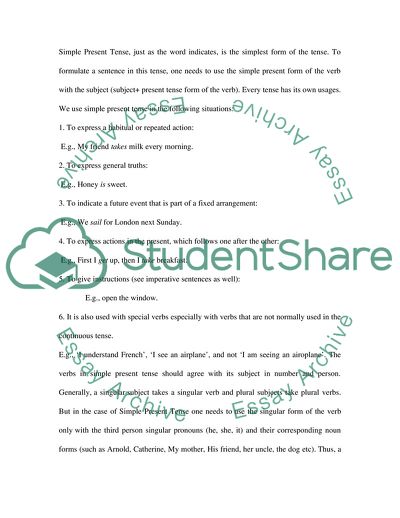Cite this document
(Concepts and Usage of Simple Present Tense for Describing Habitual Coursework, n.d.)
Concepts and Usage of Simple Present Tense for Describing Habitual Coursework. https://studentshare.org/english/1708808-english-grammar-tesol-learners-problems
Concepts and Usage of Simple Present Tense for Describing Habitual Coursework. https://studentshare.org/english/1708808-english-grammar-tesol-learners-problems
(Concepts and Usage of Simple Present Tense for Describing Habitual Coursework)
Concepts and Usage of Simple Present Tense for Describing Habitual Coursework. https://studentshare.org/english/1708808-english-grammar-tesol-learners-problems.
Concepts and Usage of Simple Present Tense for Describing Habitual Coursework. https://studentshare.org/english/1708808-english-grammar-tesol-learners-problems.
“Concepts and Usage of Simple Present Tense for Describing Habitual Coursework”. https://studentshare.org/english/1708808-english-grammar-tesol-learners-problems.


